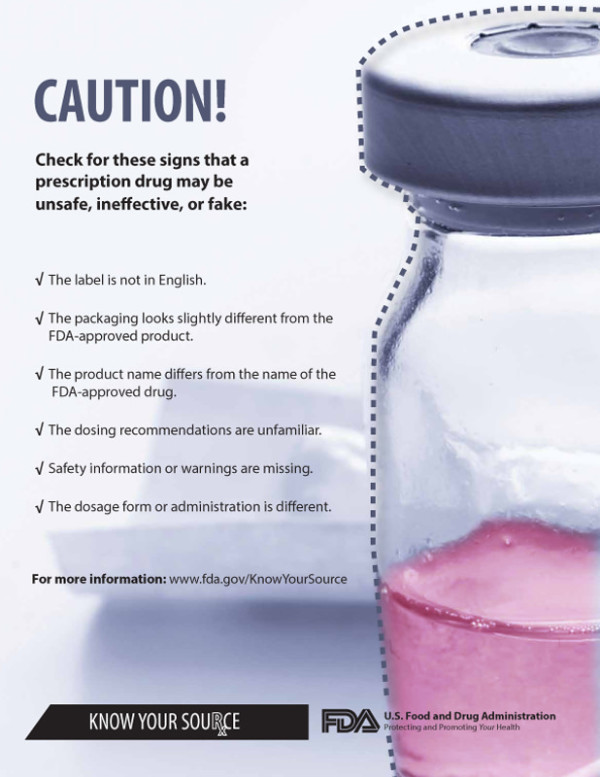In discussions about the illegal drug trade, the topic of counterfeit medications is often overlooked. However, the World Health Organization (WHO) recently published a review with details of the growing threat of counterfeit medicines internationally, and are collaborating with Interpol to expose criminal networks profiting in this trade.
Last year, a series of raids in Egypt unearthed stashes of counterfeit medicines worth hundreds of millions of dollars and exposed a large criminal network distributing these meds throughout the Middle East. Similar raids in 2009 seized 34 million counterfeit pills in Europe over a two month period, and 20 million pills and bottles of counterfeit medicines in China. Altogether, the Center for Medicine in the Public Interest estimates that worldwide sales of counterfeit medicines could exceed $75 billion this year, which would be a 90% increase in the last five years. These numbers are just conjecture, however, as there is no solid data to accurately measure the scale of this trade. According to the WHO article, health experts fear that these operations have only begun to expose these extensive counterfeit networks.
It’s not just that this counterfeit medication trade is illegal, but it’s also a danger to public health, as these medicines are generally poor in quality. The Huffington Post reports that up to 41 percent of medications used to treat HIV/AIDS, malaria, and tuberculosis were not up to international standards. One-tenth of the drugs sold worldwide are believed to be counterfeit, and one study implicates the deaths of 122,450 African children in 2013 to counterfeit malaria medication. The American Journal of Tropical Medicine, which published a series of 17 articles on the subject, cites the proliferation of fake drugs as a “global pandemic responsible for hundreds of thousands of deaths and a troubling increase in antimicrobial resistance.” The threat of antimicrobial resistance has been one of the main points of this article series, as the spread of antibiotic-resistant superbugs could “one day eclipse cancer as the leading cause of death.” Bacteria can become resistant to antibiotics from repeated exposure to incorrectly prescribed or bad medications, which is why the overuse of counterfeit medications contributes to the rise of antibiotic-resistant superbugs.
Image Source: Issouf Sanogo
There is good news- several recent studies testing the efficacy of new drug quality tests have cited these new methods as promising, which would at least help regulate the safety of medications more heavily. Although the issue of how to deal with these extensive drug counterfeiting networks is still being addressed, the International Medical Products Anti-Counterfeiting Task Force (IMPACT), which was launched about 9 years ago, is closely following the issue and will hopefully continue to dismantle these groups.
Feature Image Source: DES Daughter










